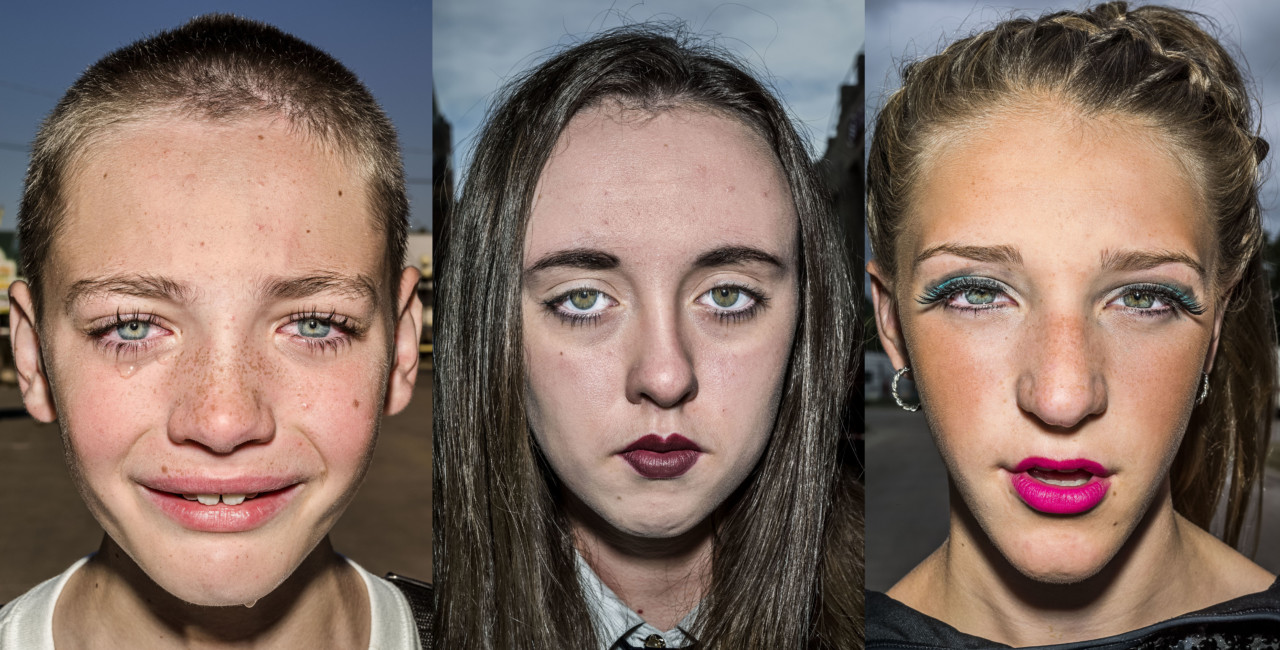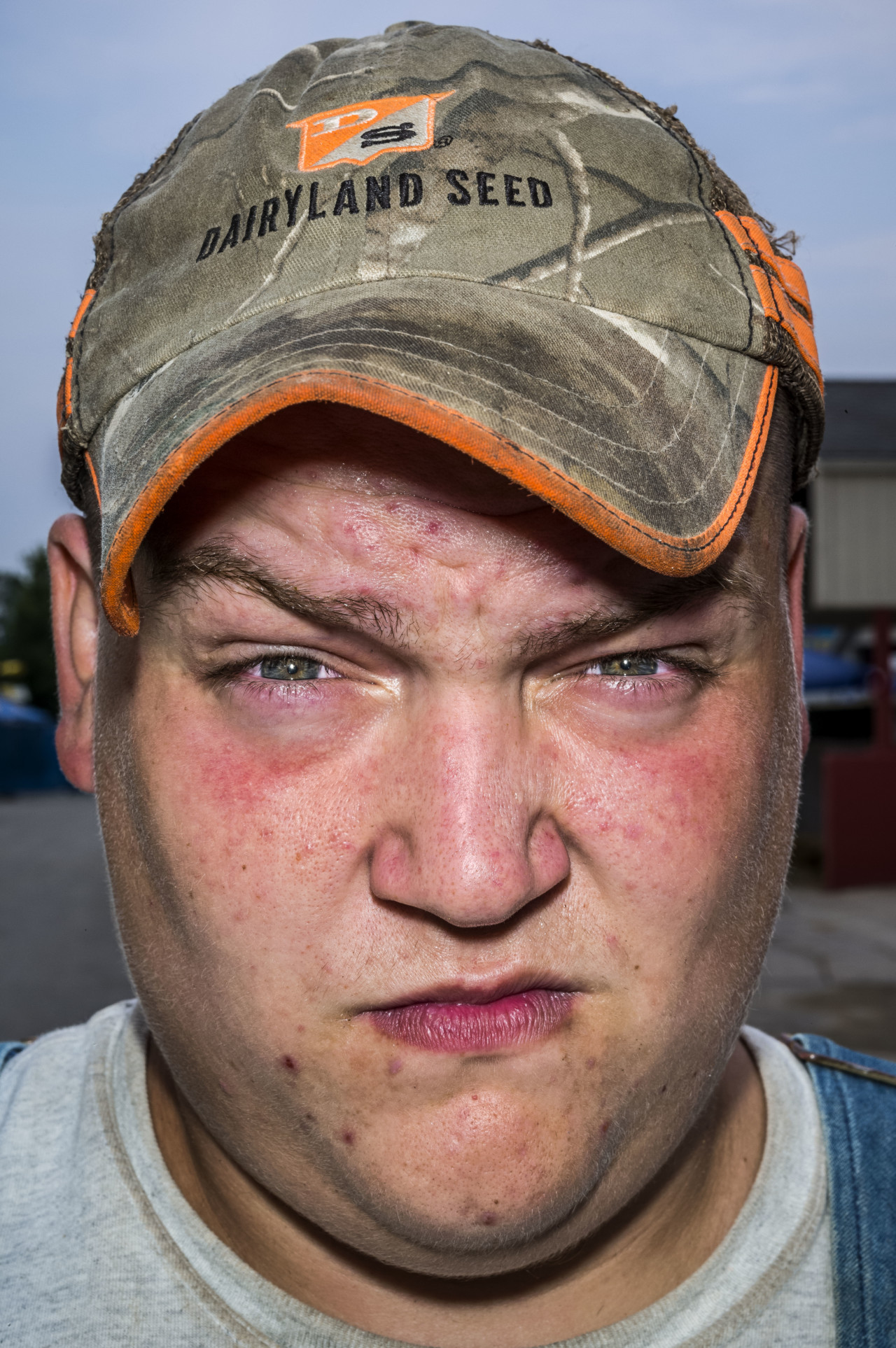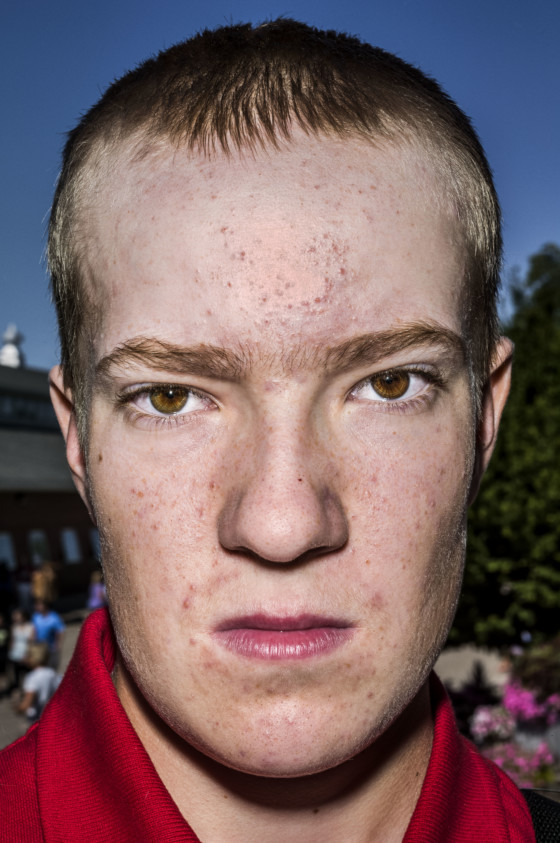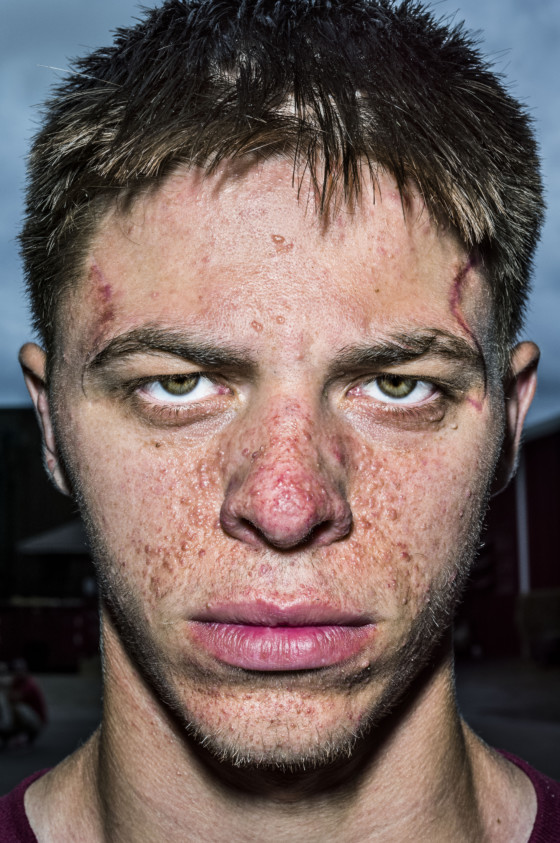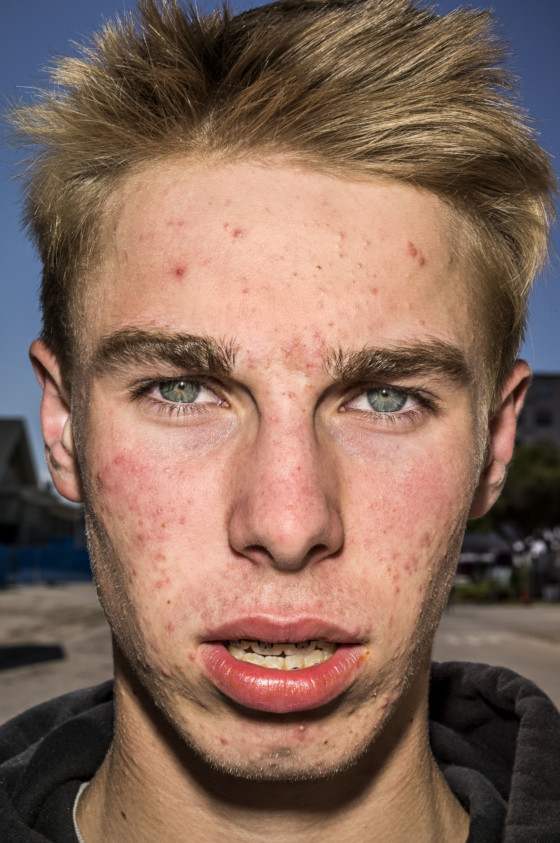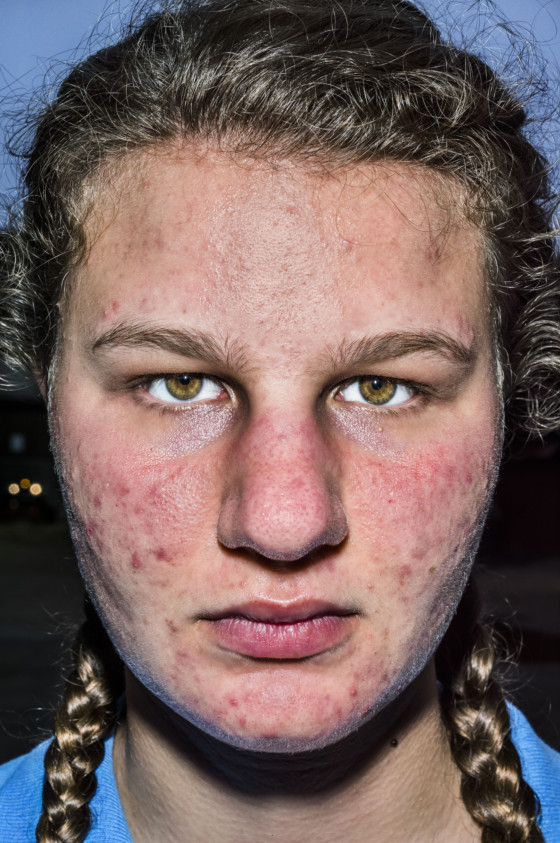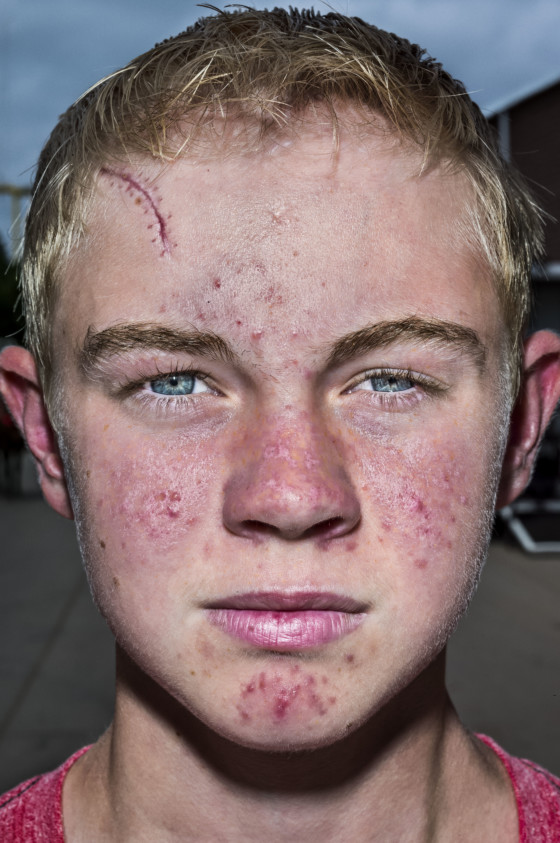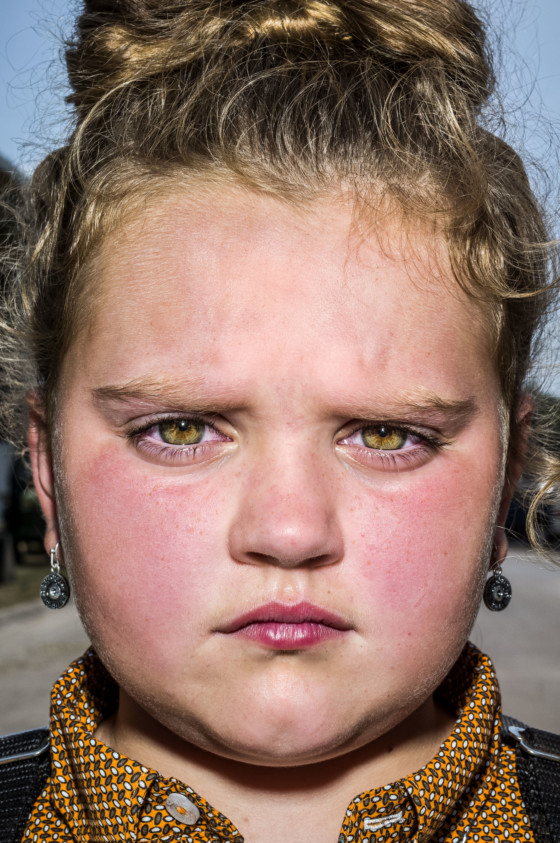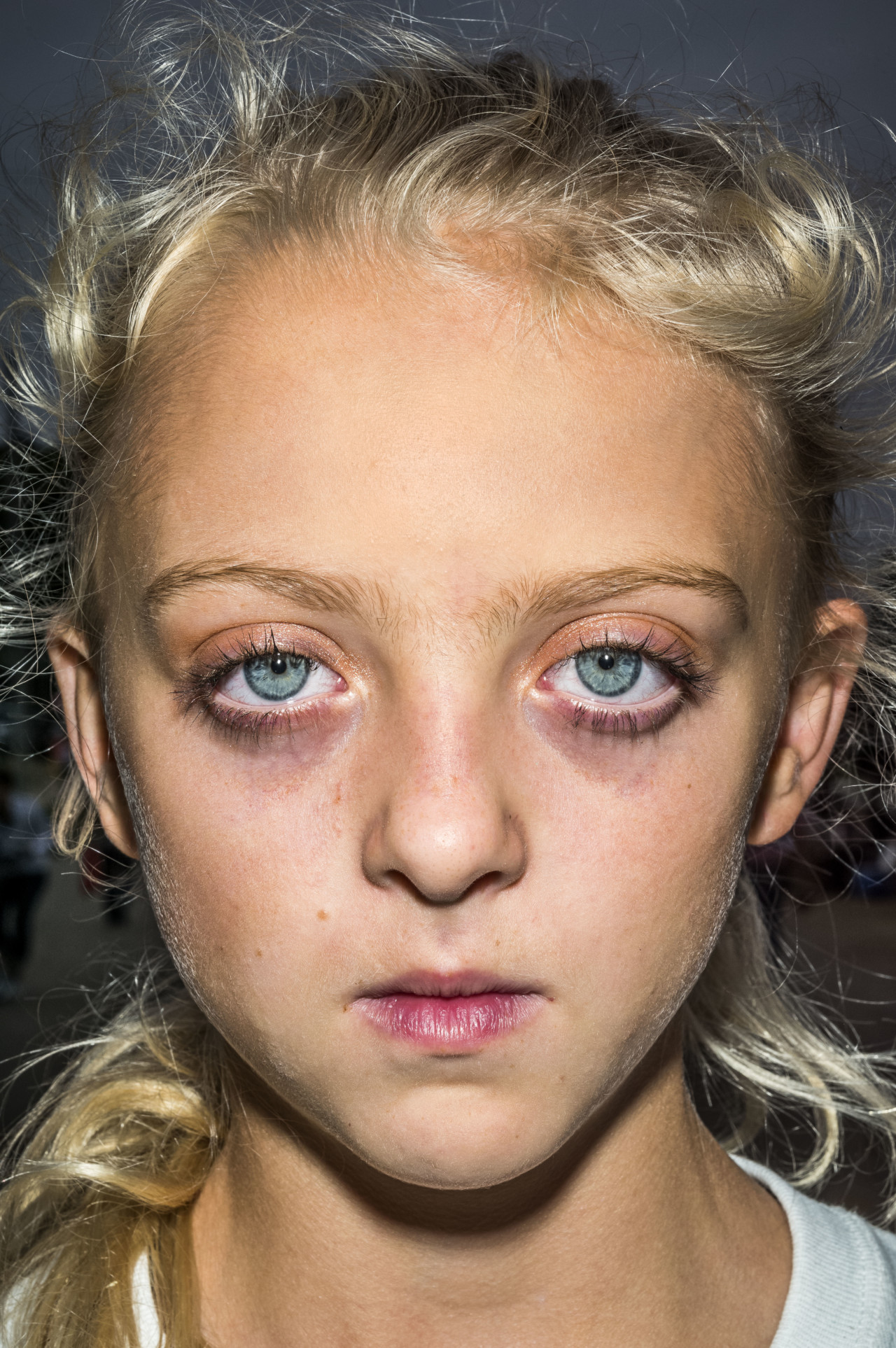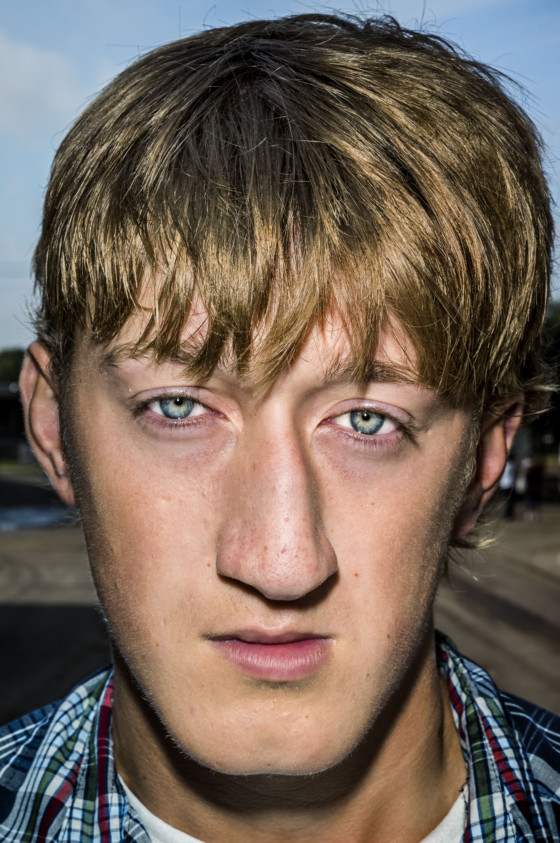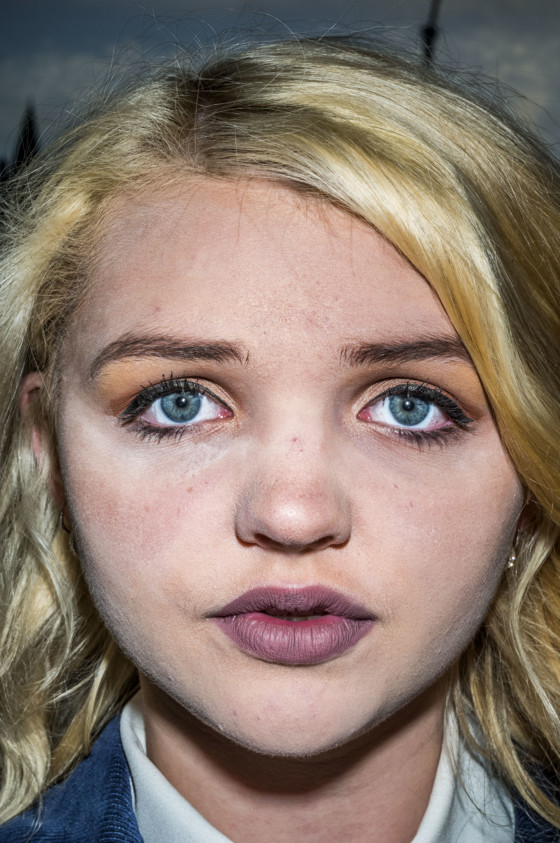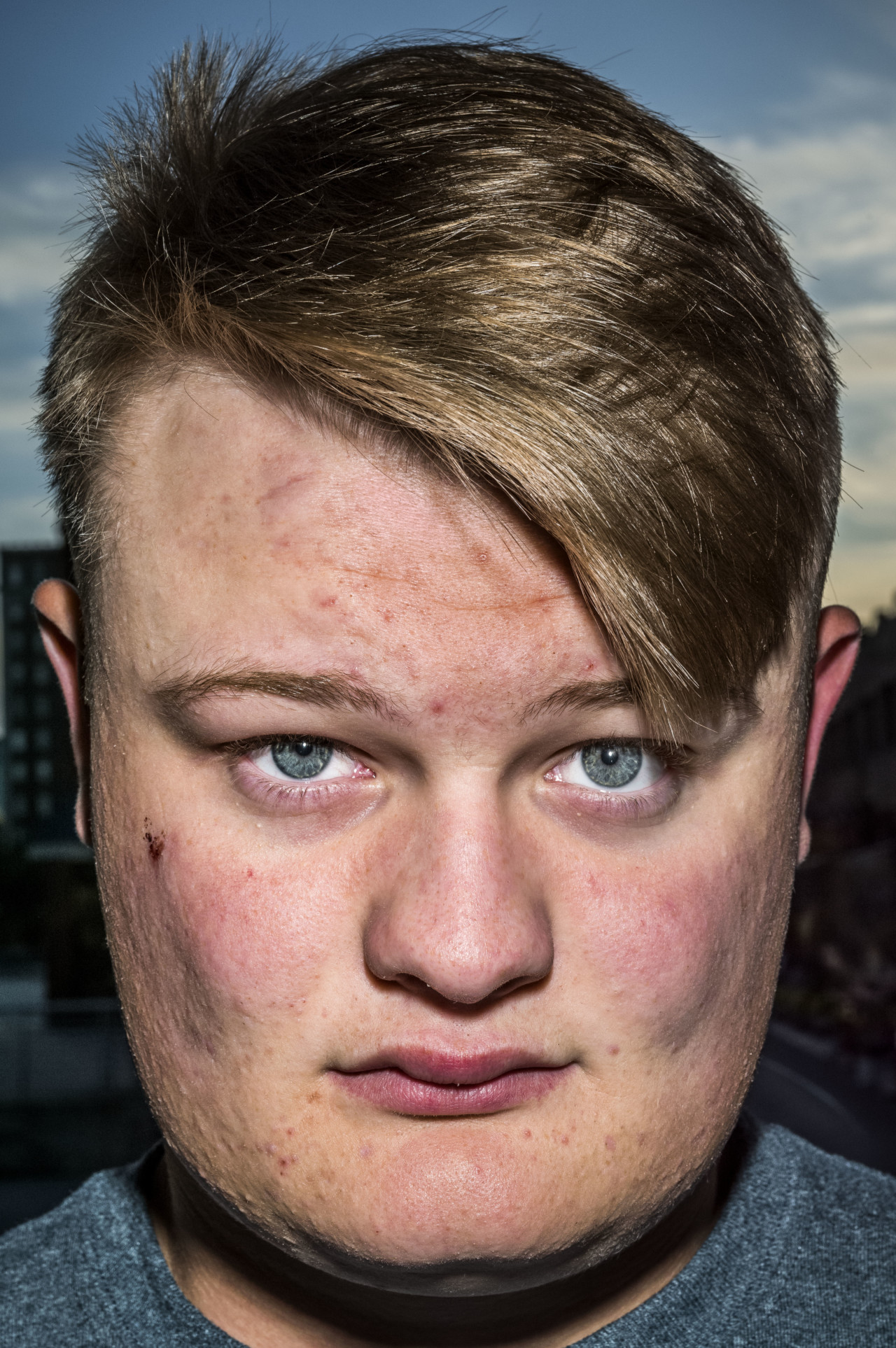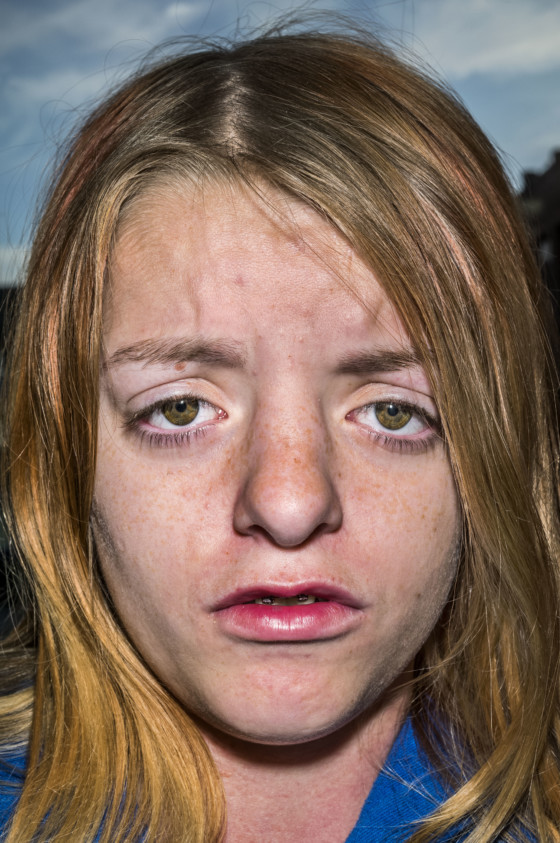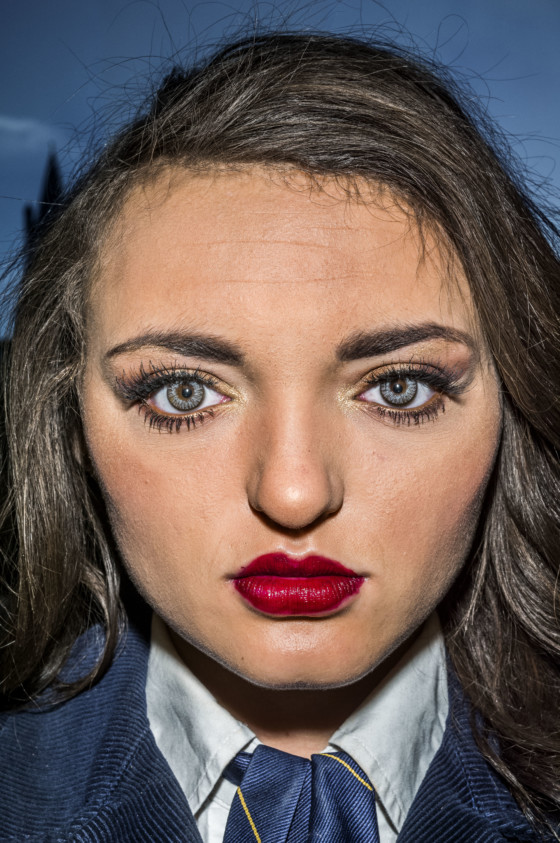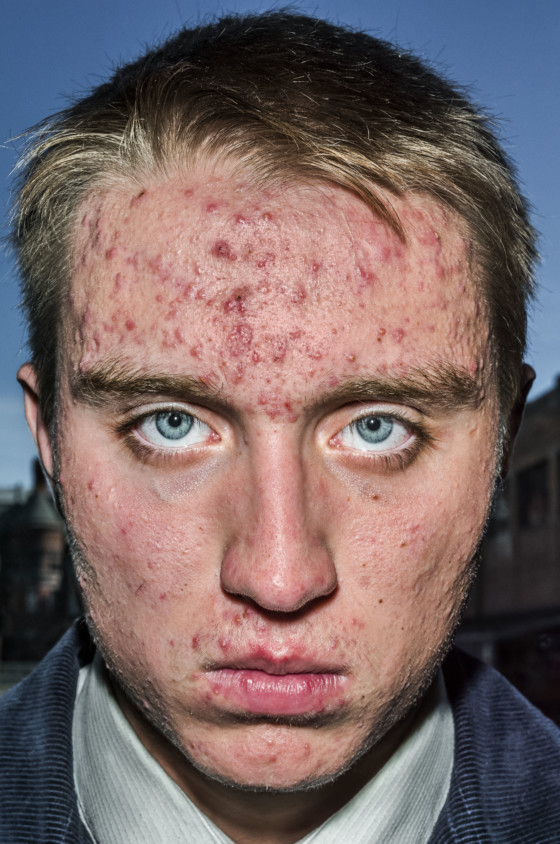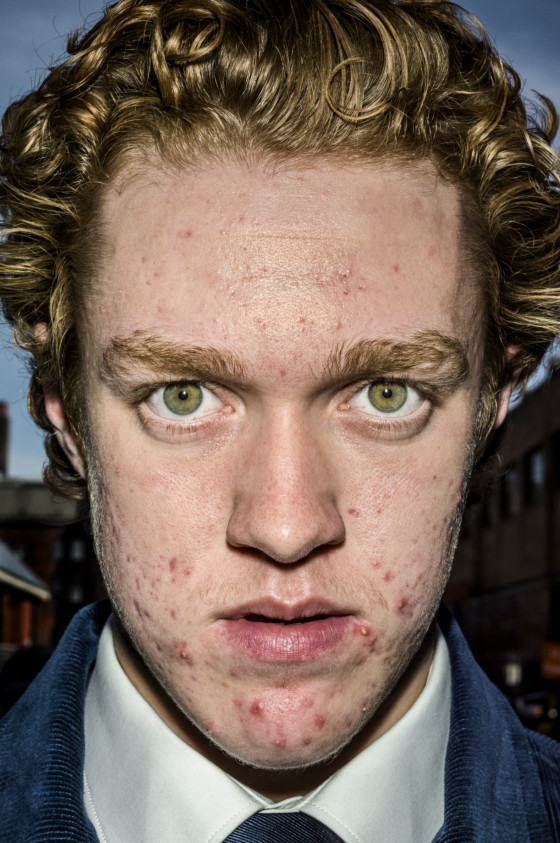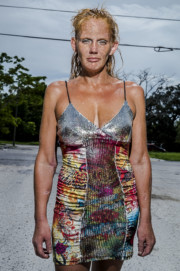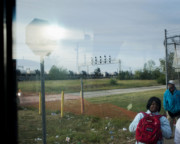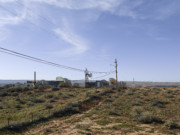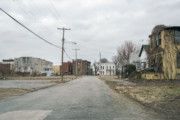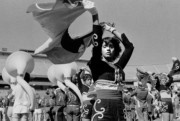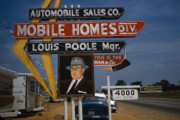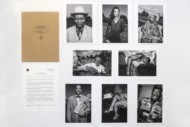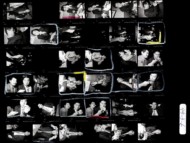Field Day: Bruce Gilden’s Farm Boys and Farm Girls
The Magnum photographer on documenting youth at Middle America’s state fairs
With wacky talent contests, livestock shows and endless deep-fried foods on-a-stick, state fairs have been one of America’s national institutions since the 1840s. But in the U.S. today, these grassroots celebrations of regional food, folk traditions and agriculture are not just bedrock Americana. They are also a reminder of just how often our cultural divides correspond with geographic ones.
As the U.S. continues to reckon with the fallout from Donald Trump’s presidency, attention has increasingly focused on the divide between rural white America and its more diverse cities. That reckoning hasn’t, for the most part, led to a greater understanding of lives in white, small-town America; many would argue that big coastal cities have instead revealed their own small-mindedness about the Midwest, angered by the parts of the country that helped propel Trump to victory on a wave of popular discontent.
“I do think it’s important and interesting to go and know there are other parts of the country, where they don’t think like you,” says Bruce Gilden, who spent time last summer at state fairs in Iowa, Wisconsin, Minnesota and Indiana. “America was founded as an agricultural country but people in cities know nothing about what’s out there. I grew up in New York, and New York was the world. I traveled to 70 countries but didn’t know Middle America at all. Most people don’t care to know it.”
After winning a Guggenheim Foundation Fellowship in 2013, Gilden decided to go to state fairs in Ohio, Minnesota and Iowa. He returned to the latter two states to continue the project in 2017, this time focusing on kids aged 12 to 21; he also visited Milwaukee and the World Dairy Expo in Wisconsin, and the National Future Farmers of America Convention in Indianapolis.
State fairs still attract hundreds of thousands of visitors, but nowadays the crowds are often filled with city or suburban residents. It was inside the barns that Gilden found more interesting subjects for his latest series of portraits: the farm boys and girls briefly enjoying a departure from the hard labor and discipline of rural life.
"America was founded as an agricultural country but people in cities know nothing about what’s out there. "
- Bruce Gilden
“They wouldn’t be considered exotic but I became fascinated with these kids,” Gilden says. “I found them very mature. One reason I’d not photographed kids before is that they don’t have the roadmap that older people have on their faces — but here, they were interesting. Growing up with farm animals so close to life and death on a daily basis, it prepares you for your own. Me personally, I’m afraid to die. But for them, your favorite animal goes to market and gets slaughtered. They’re very close to mortality and this is a very pure thing.”
The odds are tough for kids growing up in farming communities. America’s rural population is declining — 19 percent in 2010, down from 52.4 percent a century earlier — and the economic growth is concentrated in a few densely populated urban counties. Iowa, Wisconsin and Indiana all helped elect Trump to the presidency (Hillary Clinton narrowly won Minnesota), but Gilden is quick to point out he isn’t a particularly political photographer, even if he was aware of the darker forces running through some of these communities.
“In Middle America, they eat, they breathe; some are nice, some aren’t; some are smart, some aren’t. They’re human,” he says. Nevertheless, it seems there is something political about these photographs — simply by showing people who are so often invisible in an increasingly urban society. The lack of racial diversity is also stark. All of his subjects are white — these Midwestern states all have much smaller black populations than the national average and the photographer says he saw hardly any black farmers at the state fairs.
While there can be resentment toward cities and government in these areas, Gilden didn’t face much suspicion, despite being a ‘city person.’ It was very different from LA or New York; almost all the parents in the Midwest state fairs said Gilden could photograph their kids. “Of course you find kids who are distant; not everybody is going to take to the process,” he says. “Part of the photograph is knowing who you have to say what to and when. Since I’m comfortable, most people are comfortable.”
Known for his street photography, Gilden is used to finding the beauty in cities. “I find Detroit gorgeous even if dilapidated; it’s got soul. Middle America is flatter,” he says. “So why go there? This gave me the opportunity to find out more, to learn. I learned about animals, about what kind of pig makes the best bacon, about cows giving birth, about the lives of these people.” Part of his decision to do this work was about taking himself out of his comfort zone. “If you don’t challenge yourself, you just repeat yourself. I think you have to have the courage to do something different.
Gilden notes that technology and globalization mean places around America are losing their own identities. At these fairs, however, he still noticed elements of traditionalism, the sense that “my father did it this way, and my grandfather, and my great-grandfather.” He was surprised that despite reading about the shrinking of farming culture and the fact that only big farmers are left, there were still more smallholding farmers than he expected.
"My pictures aren’t pretty but they’re beautiful."
- Bruce Gilden
“Today’s farms are fewer and bigger,” according to the U.S. Department of Agriculture in 2012 — but what that actually means is that there are increasing numbers of very small and very large farms, but declining numbers of mid-sized farms. A 2017 report notes that average farm household incomes have been well ahead of average U.S. household incomes since the late 1990s, but since 2013, net farm income for U.S. farmers has declined 50 percent.
Life on farms is unpredictable (“relatively weak prices for most major program crops signal continued tough times ahead” according to the 2017 report) and a 2016 study by the Centers for Disease Control and Prevention found that the suicide rate for agricultural workers in 17 states was nearly five times higher compared with that in the general population. Possible causes included “social isolation, potential for financial losses, barriers to and unwillingness to seek mental health services (which might be limited in rural areas), and access to lethal means.”
Though he feels that the farm boys and girls are, in a way, more pure than kids in the city, Gilden also pointed out that we can’t be naïve and think that farmers’ kids will be exempt from trends like the major opioid crisis engulfing America. “The world is small now. It’s not like when their grandparents were on the farm,” he says. “I was maybe trying to understand them better myself.”
"If you don’t challenge yourself, you just repeat yourself."
- Bruce Gilden
He was drawn to the fact that these kids and their parents were trying to keep their way of life alive — even though it means working 12-16 hours a day and waking up at 4.30 am to look after animals. “There’s no spoiled brats there,” Gilden laughs. “There’s a rhythm involved and every kid knows the rhythm. This is how it’s done, this is what we have to do. You can’t say, ‘Fuck you dad, I’m not doing it.’ It builds great character.”
Character is a key word for Gilden. For years, he had been thinking about faces, fascinated by mugshots from Paris and LA — taken by people who had no pretense about being artists, but who still managed to capture that sense of character. Gilden began photographing faces in this style in 2013, after using the Leica S camera in Miami. Though he hadn’t been working in color for decades, he felt he needed a change. “I thought: this is the camera I want for faces.”
Gilden says he can’t explain the particular characteristics that attract him to a face, describing himself as an intuitive photographer. “I see it and know; in these pictures, there’s something in the eyes.” In 2015, he published Face, a collection of these full-frame portraits. Although a few commentators argued the images were “ruthlessly unforgiving” and found them difficult to look at, others noted that “regardless of how uncomfortable they might make us, the disenfranchised have just as much a right to be photographed and seen as anybody else, and that’s what makes this work compelling. Gilden chose to photograph the faces we’d be inclined to look away from.”
From Gilden’s point of view, it is important to remember that “the portrait is a combination of me and the person I’m photographing. It’s a deal, a contract between the two of us — otherwise there’s no picture.” It may not flatter them, but “it doesn’t make them look different than what they are either.”
"Part of the photograph is knowing who you have to say what to and when."
- Bruce Gilden
Rather, Gilden sees his pictures as a response to a world that emphasizes flawlessness. “We all have flaws, live with it, and you can be beautiful anyway. My pictures aren’t pretty but they’re beautiful. I’ve looked into myself, I suffered a lot as a kid, I knew things I shouldn’t know and that gave me that strength in my photographs.”
At one point, he noticed a 10-year-old girl in the ring watching the animals. She made a good showing despite being so young. “I watched her eyes again. She was fierce. It was nice to see that — she was into it. I think that’s what attracts me to these kids,” he says. “ I enjoy these people, I find them beautiful, they have depth.” And at a time when ‘one nation indivisible’ rings hollow for many Americans, finding beauty in Middle America proves to be surprisingly powerful.


